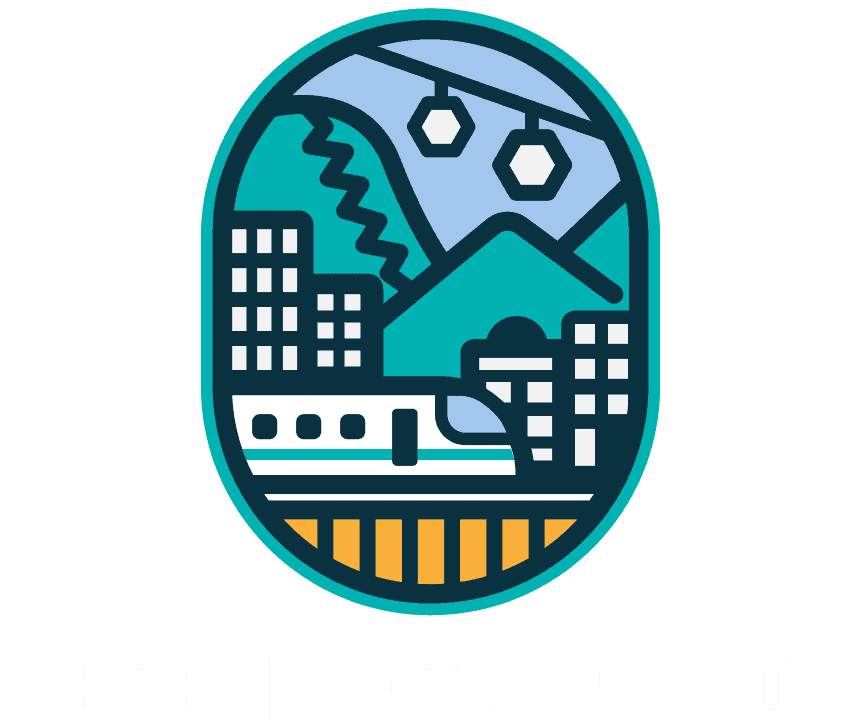
What to expect during the History Of Medellín tour:
The tour will start when your guide picks you up from your hotel. You’ll be riding around the city in a private car, so there’s no need to worry about calling taxis or navigating public transport. Since the guide will be fluent in both English and Spanish, you’ll have someone there to describe historical facts, give you first-hand information about the city, and translate whenever needed.
Welcome to the best cultural and historical experience in the center of Medellín, it is a tour designed for those who want to know the transformation of the city and how it went from being the most dangerous in the world in 1990 to the most innovative city in the world in 2013, essential parks are visited such as Botero square, San Antonio park, Junín street, Barefoot park, Carabobo street, among many more spaces
You’ll visit one of Medellín’s most emblematic areas, Paseo Junín; this is an area in the city’s center that was one of Medellín’s first neighborhoods. It was also popular with the well-to-do residents of the town, thanks to its upscale shops, theater, hotel, and more.
Another famous neighborhood in Medellín is called Prado Centro, and it’s one of the best places to check out the history of Medellín’s more cultured residents. You’ll see houses that look like castles, homes that are modeled after Arabian houses, buildings that are decorated with Illuminati symbols, and much more. As you tour some of these houses, you’ll learn about the neighborhood’s history as well.
A closer look at the highlights of the History Of Medellín Tour
Medellin has become a reference in Colombia and the world. Its commercial, industrial, cultural, religious, social, and sports activities have brought development and a friendly and promising lifestyle. Its history dates back to the seventeenth century when the project that would gradually become the place it is today began.
- Paseo Junín
This street was so famous back in the day, it gave rise to the expression vamos a juniniar – roughly translated, “we’re going Junín-ing”. These days it’s still a thriving part of Medellín, with shops, restaurants, and other venues that are popular among locals and tourists alike. The street got a mini makeover in 2018, when the city government allocated funds to clean facades, spruce up street lamps and benches, and repair loose cobblestones. This isn’t just a nice-looking commercial center, though; Paseo Junín also has cultural significance for the city. Many of the buildings, and even some of the businesses, are part of Medellín’s history; they contributed to its prosperity, and are still doing so today.
- Prado Centro neighborhood
This neighborhood was established by Medellín’s wealthiest citizens in 1926. Many of them were smitten by the grandiose and elaborate architecture of European countries and took those designs as inspirations for their own houses. You’ll find majestic houses along shaded avenues here; even though the area isn’t as affluent as it once was, the buildings aren’t any less interesting to learn about and explore.
Some of the neighborhood’s highlights include several abandoned mansions, such as the Egyptian Palace. This home was built in 1928 and was inspired by the architecture of ancient Egypt. There are intricately carved pillars, colorful tiled floors, and artifacts that the original owner of the house brought back from Egypt. You can also visit the Palace of Fine Art, the Prado Theater Museum, and Prado Park.
- Barefoot park
The Barefoot Park was built with an oriental base and inspiration, seeking to reflect peace and tranquility. Its construction was carried out in order to generate more scenarios for recreation and relaxation and its name alludes to the barefoot children of the city streets, with the purpose of sensitizing its visitors “starting with their feet and ending with their spirit”. It is ideal for walking and relaxing. The park is located in the administrative area of Medellín, in the center of the city. Nearby you will find very representative places of the city such as the EPM Interactive Museum, the Metropolitan Theater of Medellin and Plaza Mayor, Convention and Exhibition Center.
The History of Medellín Tour covers a lot of ground, both literally and metaphorically. This region of Colombia has seen a huge amount of change and growth over the years; even if you don’t consider yourself to be a history buff, it’s definitely worth learning more about




